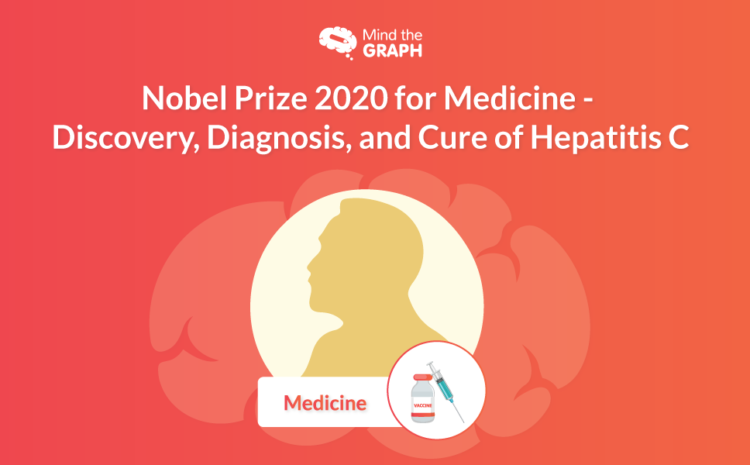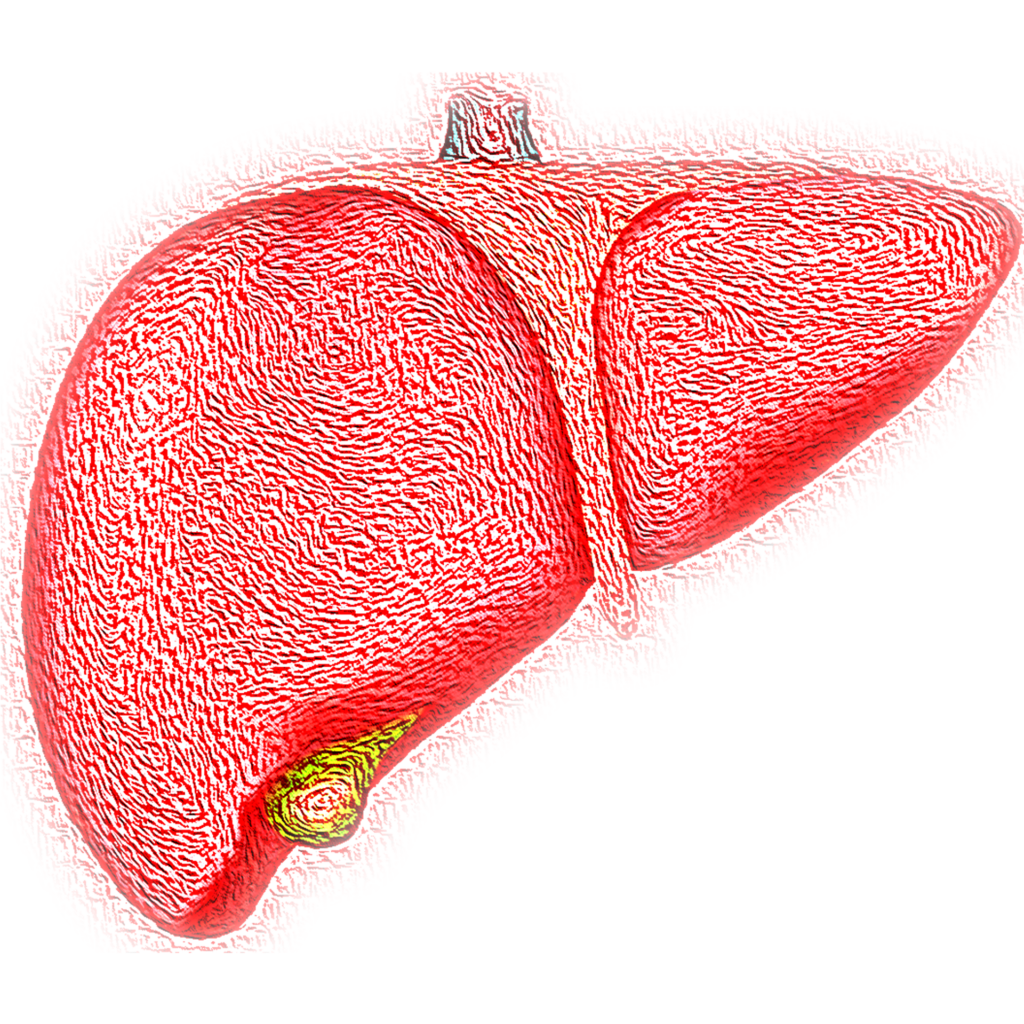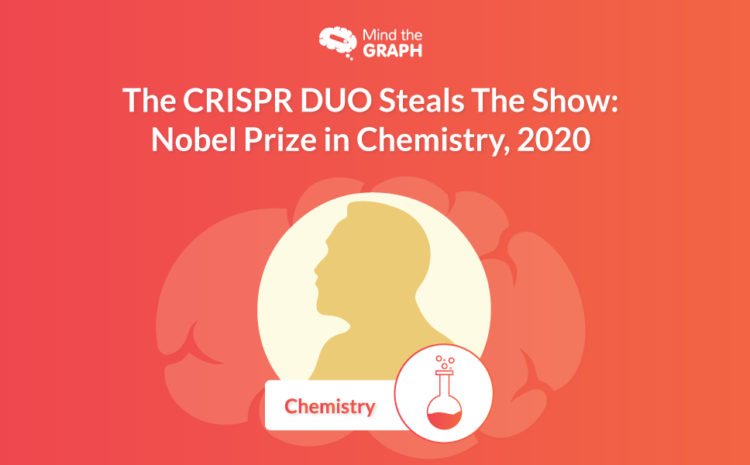In one of the global scientific benchmark events of the year held at Stockholm on 5th October 2020, the Nobel Prize in physiology or medicine was awarded to a group of virologists and biochemists for the discovery of the Hepatitis C virus. Harvey Alter, Michael Houghton, and Charles Rice are jointly awarded the Nobel Prize for discovering the causative agent and finding a path to cure of the disease. The members of the Nobel Assembly at Karolinska Institute could not restrain themselves saying that this discovery is a hope to eradicate the blood born hepatitis from the world.
In one of the global scientific benchmark events of the year held at Stockholm on 5th October 2020, the Nobel Prize in physiology or medicine was awarded to a group of virologists and biochemists for the discovery of the Hepatitis C virus. Harvey Alter, Michael Houghton, and Charles Rice are jointly awarded the Nobel Prize for discovering the causative agent and finding a path to cure of the disease. The members of the Nobel Assembly at Karolinska Institute could not restrain themselves saying that this discovery is a hope to eradicate the blood born hepatitis from the world.
What is hepatitis?
The word hepatitis has its origin from the Greek word “Hepar” referring to the liver. Hepatitis is a medical condition where the liver of an individual is inflamed due to either intoxication, viral infection. Hepatitis disease is characterized by jaundice, cirrhosis, fever, and enlargement of the liver. Amongst the infective agents responsible for hepatitis, Hepatitis A virus is transmitted through contaminated water whereas B and C are found to be transmitted through blood and bodily fluids.
How was it discovered?
After the discovery of Hepatitis B, Alter and his team had observed several unexplained liver infections and chronic hepatitis after blood transfusion. In their subsequent studies, they proved two major facts one, the unknown infectious agent could transmit the disease to chimpanzee and second, the infectious agent had a characteristic of a virus but not like Hepatitis A or B. Alter’s contribution to the field of virology served as light in the dark stormy night of liver infection cases. Yet, the virus was not identified and not characterized by any family of viruses and not classified.
Contributions for identification and path for eradication
With high morbidity and mortality rates, over the years researchers were keen to identify the causative agent of “unknown” hepatitis like virus and characterize it. After trying all traditional techniques and failing, with the innovative approach of Houghton at Chiron pharmaceuticals, they could identify and clone DNA fragments responsible for viral protein formation. After elaborate DNA library preparation and search of the clone, finally, Houghton and his team could identify the similarity with the Flaviviridae family and named it the Hepatitis C virus. Their research also gave a test procedure to identify the causative agent with antibodies that were identified.
The final proof that Hepatitis C could be the single responsible agent for causing liver infection was an outcome of extensive research of Rice at Washington University in St. Louis. Using recombinant DNA technology, Rice and his team generated a genomic variation of the Hepatitis C virus which did not have inactivating sequences and injected it to primates. The results indicated that the variants could lead to chronic liver disease and reflected all pathological changes. With all the newly identified sequences and inactivating regions, they gave hope to create the right therapeutic agent against the Hepatitis C virus.
Impact of the discovery
The world has become a war front with the COVID-19 pandemic. With the discovery of antiviral drugs, its diagnostics and identification discoveries, Hepatitis C and related achievements are remarkable footsteps in the field of virology and medicine. The World Health Organization has set up a goal to eradicate the Hepatitis C virus within ten years from now. These discoveries are the stepping stones to that goal. However, there are challenges to overcome and a vaccine is yet to be made, but a ray of hope has arrived in the form of detection and treatment regimes to fight the disease.
Mind the Graph team congratulates the Trio of the scientists, universities, and their groups for their achievement! Decades of research and hard work have given humanity a new path for defeating a deadly virus disease.

Subscribe to our newsletter
Exclusive high quality content about effective visual
communication in science.






